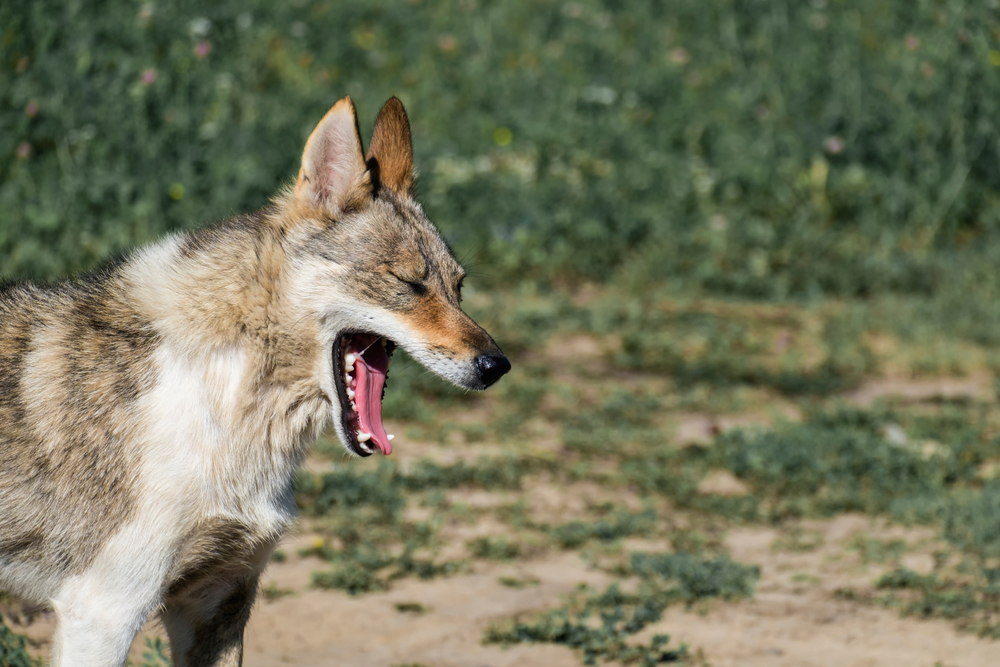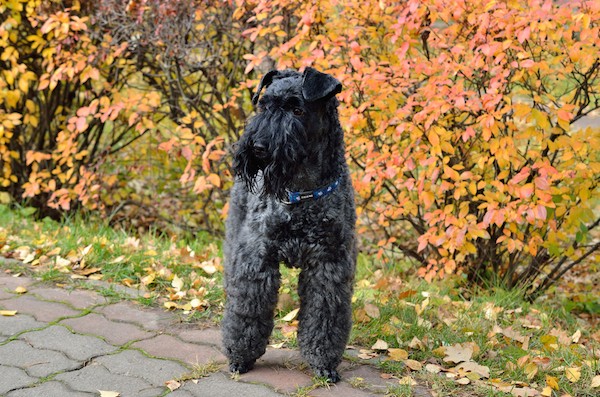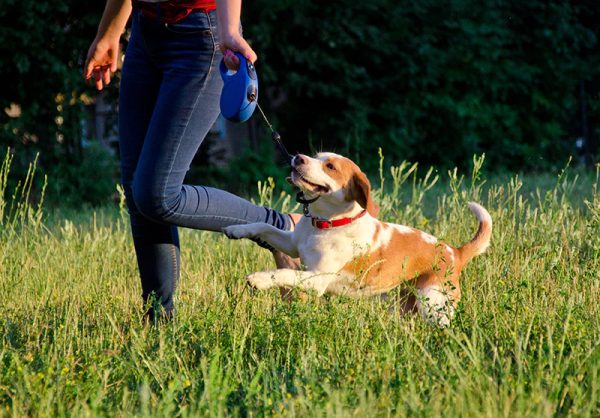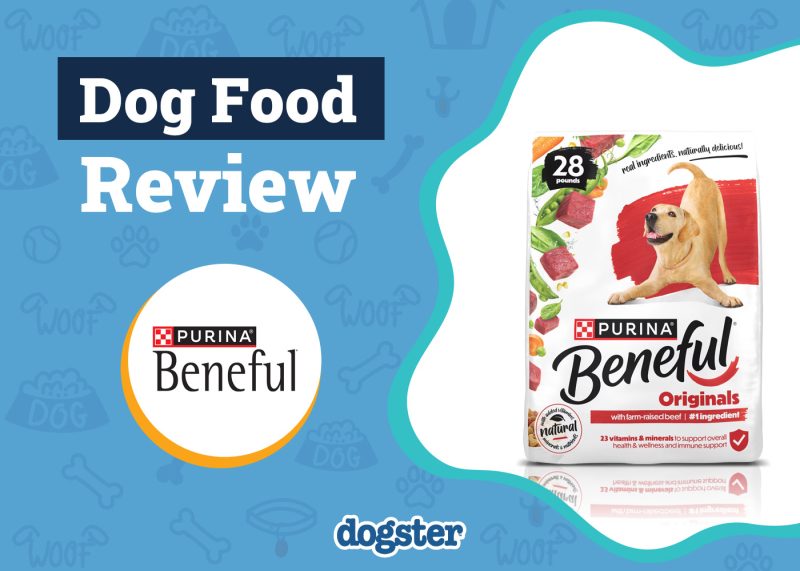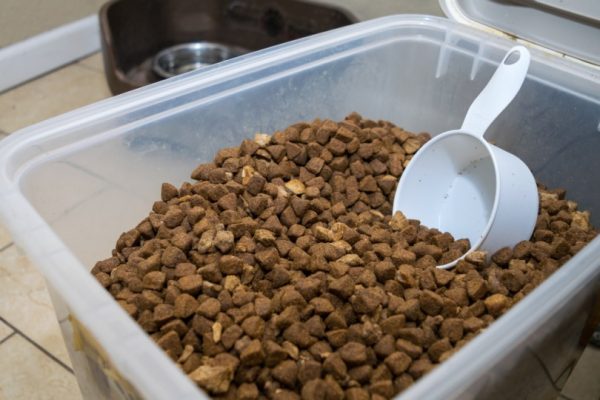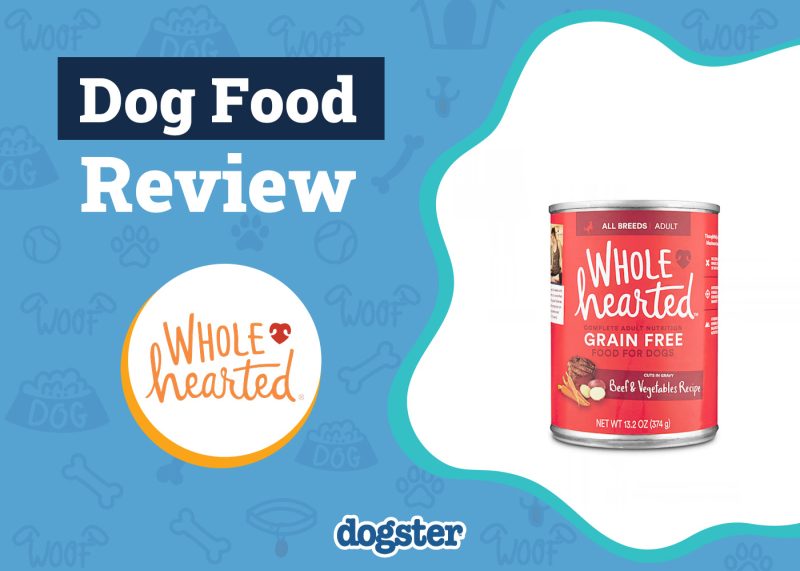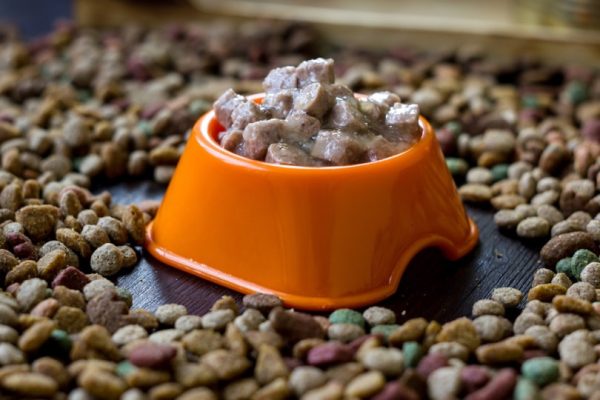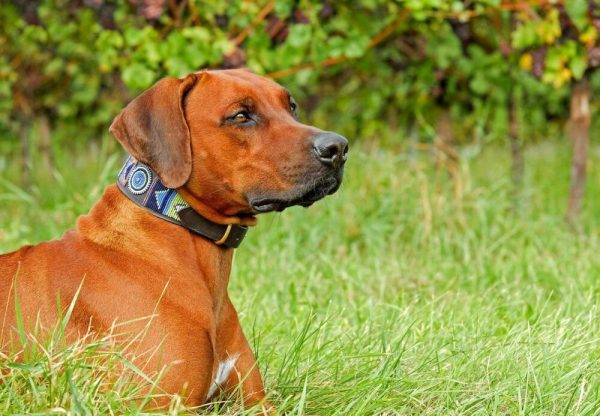If your dog is choking, it is a medical emergency, and immediate action is required. It’s vital to know what to do if your dog is choking so that you can take the appropriate action immediately, as you may not have time to wait for a vet. However, try to remain calm. Hopefully, you have landed on this page to prepare for such an event, should it happen, rather than searching for answers while it’s happening. Being prepared is the best defense since dogs put many objects in their mouths.
While choking is rare, it can be fatal. We’ll cover what to do if your dog starts choking, and knowing this crucial information could save your dog’s life. Remember, your interventions at home may not be successful and you might need a vet to relieve the airway obstruction. Use your best judgment of how to help your dog and get to the vet at the same time.

The 4 Steps to Do If Your Dog Is Choking
1. Quickly Determine If Your Dog Is Choking
The first step is to determine if your dog is choking. Coughing is typically the first sign of choking, but it could be for different reasons, such as airway irritants or underlying medical issues. If something is lodged in their throat, coughing is a natural attempt to free the object.
Your dog may have trouble inhaling or is pawing at their mouth or head. They will likely appear panicked or may even become unconscious in severe cases. If you see any of these signs, your dog is likely choking, and immediate action is imperative.
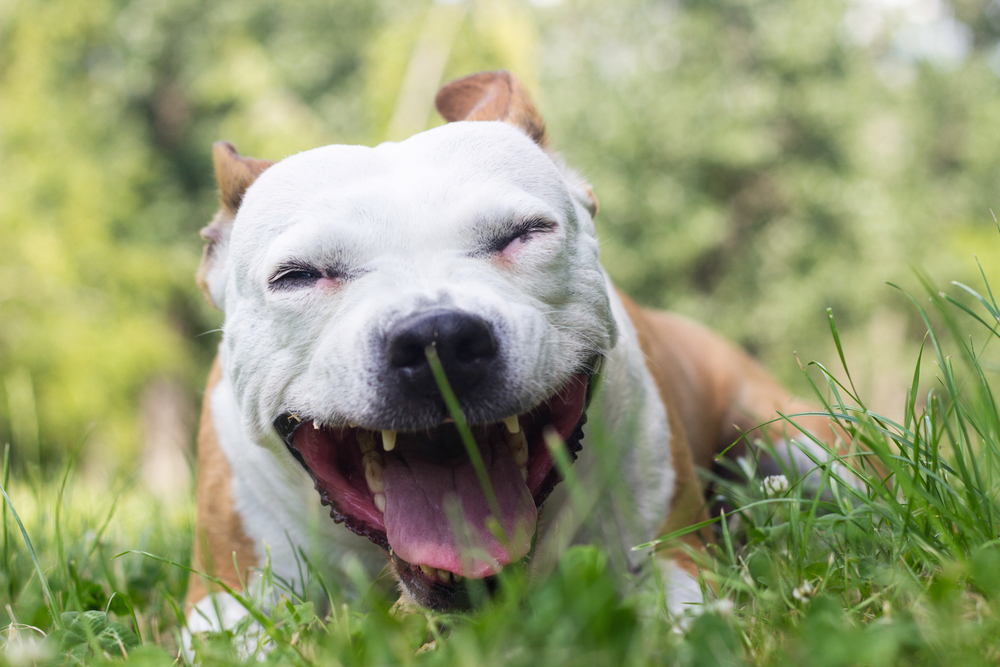
2. Perform the Heimlich Maneuver
Your last resort may be to perform the Heimlich maneuver to free the object, but only attempt this if you have no other options. This maneuver requires little force, but you can easily injure your dog in the process. You should adjust the force used to suit the size of your dog.
- Position your dog in a wheelbarrow position or on their back.
- Find the soft spot on their abdomen located just below their ribs.
- Using the thumb side of your fist, gently thrust inwards and upwards five times.
- Give your dog a few firm pats between the shoulder blades.
- Check to see if the object is dislodged or at least dislodged enough to where you can safely remove it with your fingers.
- Position your dog in a wheelbarrow position or standing on all fours.
- Wrap your arms around them from behind and clasp your hands together.
- Find the soft spot on their abdomen located just below their ribs.
- From this point, bring your hands up towards their spine and slightly forward five times.
- Give your dog a few firm pats between the shoulder blades.
- Check the mouth to see if the object has been dislodged.
3. Look Inside the Mouth
This next step must be done carefully but as swiftly as possible. Your dog will likely be panicked and may or may not try to bite out of fear. If you feel your dog will bite you, immediately take your dog to your local emergency vet. Carefully open their mouth by placing one hand on the upper jaw and one on the lower jaw. Fold your dog’s lips over the teeth and slowly pry the mouth open.
Grab a flashlight or even use the light on your phone for visibility. If you see food or an object, try to sweep it away with your finger, but be careful not to push on it. If it cannot be removed easily with your fingers, you might try grabbing the object with tweezers. If your dog has a bone or stick that is lodged enough to where you cannot simply remove it, do not pull it out, as this can cause damage to the throat.

4. Try the External Extraction Technique
The external extraction technique can be effective if your dog is choking on a soft, round, smooth object like a rubber ball. In that case, the object may be visible from the underside of the dog’s neck as a bulge under the skin. Placing your dog on their back and pushing the ball toward their mouth can relieve the obstruction. This method will not work for sharp objects as you will cut the insides of your dog’s throat, potentially even causing fatal bleeding.
If you need urgent veterinary advice, consult a vet online.
Did you know you can speak to a veterinarian without having to travel? Just head over to PangoVet. It's our online service where you can talk to a vet online and get the advice you need for your pet — all at an affordable price!


What to Do After Your Dog Stops Choking
If the object finally dislodges but your dog is not breathing, CPR is needed. CPR is performed similarly on a dog as it is a human.
- Lay the dog on their side on a flat surface.
- For large dogs, use two overlapping hands on one side of the chest to perform chest compressions. For dogs weighing less than 10 pounds, use one hand with your thumb and fingers on either side of the chest.
- Compress the chest approximately one-third the width of the chest (this is one count) about 100–120 times per minute.
- Next, close the dog’s muzzle with your hand and breathe into the nose two times for every 30 compressions. If possible, it is better to have two people do this so one can breathe into the nose while the other continues doing compressions.
- Continue performing CPR until the dog starts to breathe again and their heartbeat returns.
If your dog is breathing and seems to have recovered, you still need to have your dog checked by a vet to ensure no damage was done to the throat and that the airways are completely clear. A choking episode can lead to some secondary complications like aspiration pneumonia or pulmonary edema.
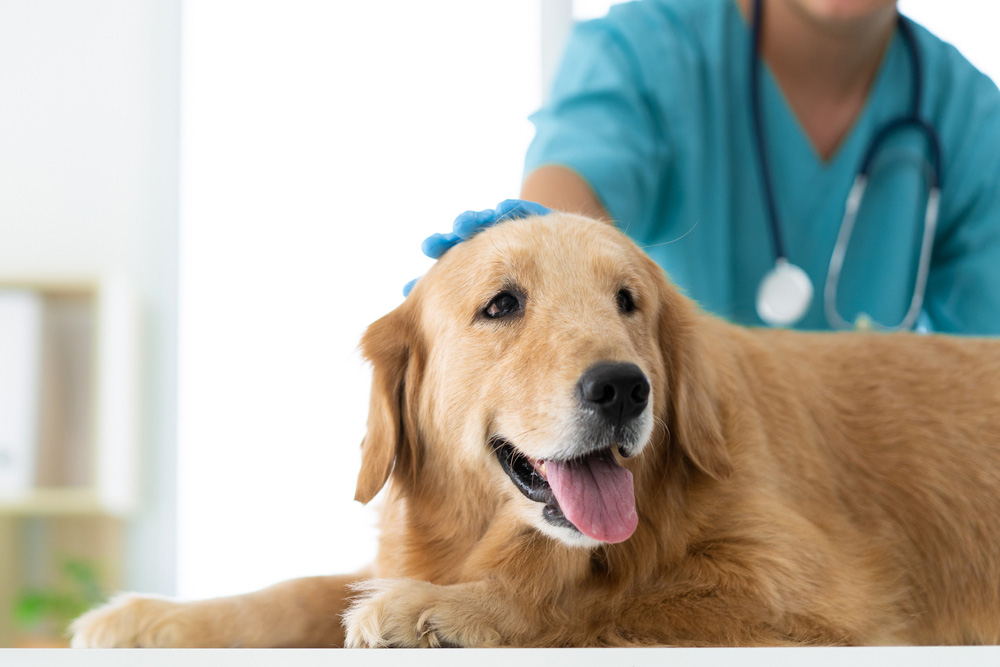
How to Prevent Future Choking in Dogs
The best way to prevent choking is to remove choking hazards from your home and yard. Let’s have a look at a few simple steps that could save your dog’s life
- Venetian blind cords can be death traps for dogs, and they can easily become tangled around their necks. To prevent this scenario, keep the cords out of reach from your dog at all times.
- Always provide toys that are size-appropriate for your dog. For example, refrain from giving a large dog a small ball to play with that is meant for smaller dogs. Small balls can easily get lodged in a larger dog’s throat.
- Ensure the kibble you feed is appropriate for your dog’s size.
- Avoid giving your dog rawhides or access to any bones; they will sometimes attempt to swallow rawhide whole. It’s also a good idea to remove small sticks from your yard that can become lodged in the throat.
- Keep any potentially dangerous objects out of reach, such as children’s toys.
- Discard any dog toys chewed into pieces or have large chunks coming off.
- Know where your local emergency vet is located to save time in case you need to take your dog in to address the issue.

Conclusion
If your dog is choking, it will be a scary event; however, try to remain as calm as you possibly can. Remember to never push the object farther back into the throat; if dislodging the object fails, perform the Heimlich maneuver.
Keep your home and yard as safe as possible by removing dangerous objects, and always keep Venetian blind cords—or any cords, for that matter—out of reach. Provide appropriately sized toys, and never give your dog bones or rawhides, as they are potential choking hazards.
Featured Image Credit: McGraw, Shutterstock
